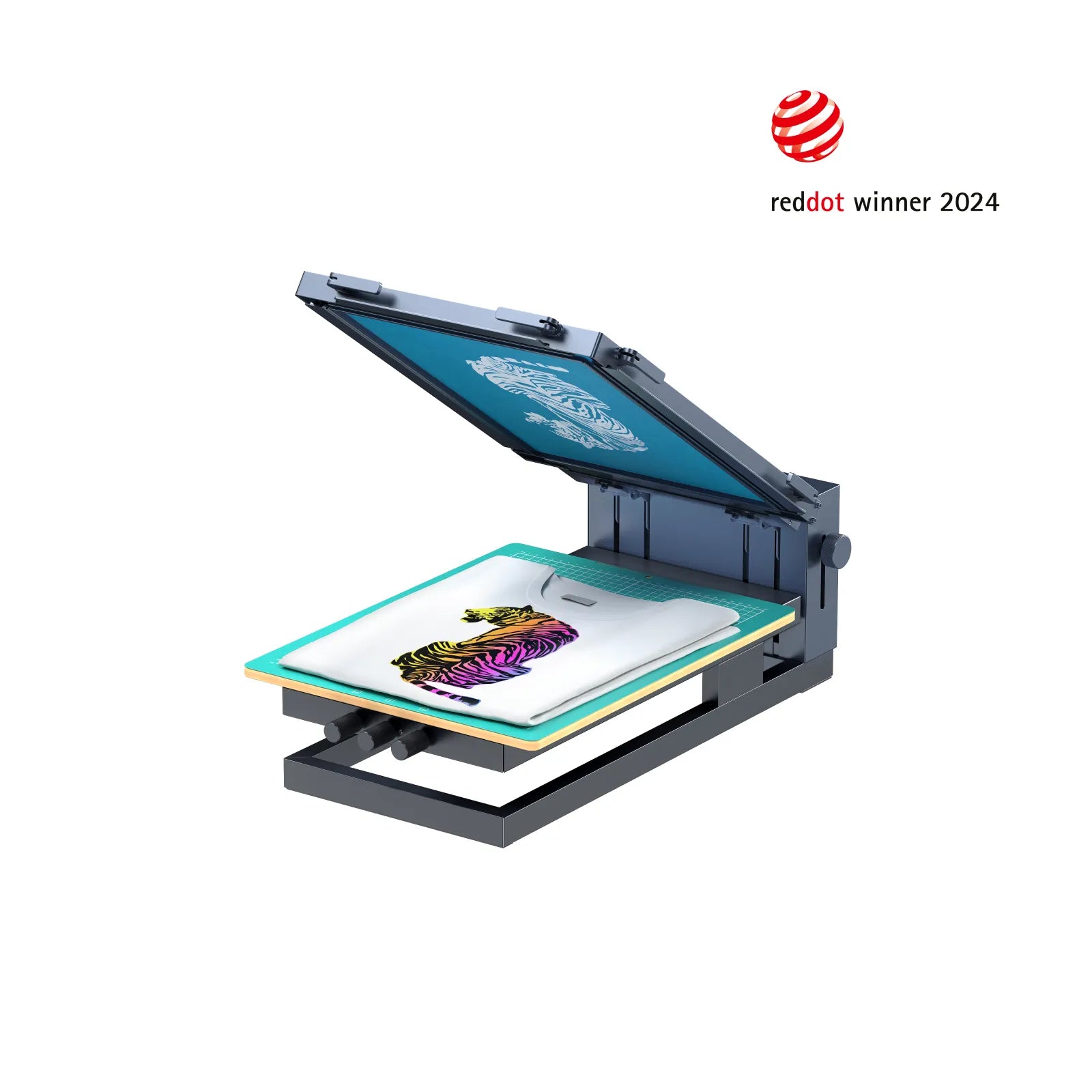ChatGPT said: What customers are saying in 10:9 Design reviews: insights
The Essential Guide to Recognizing Screen Printing and Its Versatile Utilizes
Screen printing has an abundant background that goes back to ancient times, developing into an advanced strategy made use of throughout various sectors today. This guide checks out the details of the screen printing procedure, outlining its applications in advertising, home, and style design - 10:9 Design near me. Understanding these basics can open imaginative capacity for both industrial and creative jobs. The adhering to sections will reveal essential pointers and methods to improve one's screen printing ventures
The Background of Screen Printing
Although screen printing has roots that map back centuries, its development mirrors the technical and imaginative advancements of different societies. Coming from old China, the technique was originally used for enhancing textiles and later spread to Japan, where it ended up being indispensable to Ukiyo-e woodblock printing. The method moved to Europe in the 18th century, where it got appeal amongst craftsmens and commercial printers. The creation of image solution in the 20th century changed screen printing, permitting even more intricate designs and greater performance. Artists like Andy Warhol further drove its popularity, making use of the tool to create famous works that blended commercialism and great art. By the late 20th century, screen printing had developed itself as a flexible strategy, used in vogue, advertising, and fine art. Today, it proceeds to advance, integrating electronic modern technology and broadening its applications across various industries.
The Screen Printing Refine Explained
Screen printing changes artistic visions right into substantial styles through a collection of precise steps. A picture is developed and after that transferred onto a screen, usually made of fine mesh material extended over a frame. A light-sensitive solution is put on the screen, which is exposed to light, setting in areas not covered by the picture. After cleaning out the unhardened emulsion, a pattern is formed.
Next off, the screen is positioned over the substratum, whether it be fabric, paper, or an additional product. Ink is after that pressed with the open locations of the stencil utilizing a squeegee, transferring the style onto the substratum listed below. This process can be repeated for multiple colors, requiring different screens for every tone. The published item is treated using warm to ensure the ink adheres appropriately, resulting in a sturdy, vivid design ready for use.
Kinds Of Screen Printing Techniques

In addition, specialty strategies, such as discharge screen printing, remove color from the fabric to create softer prints, while aluminum foil screen printing applies metal aluminum foil to accomplish a glossy surface (10:9 Design Embroidery). Each method uses distinctive characteristics, satisfying numerous innovative demands and manufacturing ranges, inevitably increasing the opportunities within the screen printing domain name
Applications of Screen Printing in Various Industries

In addition, the signs and advertising and marketing markets make use of screen printing for producing eye-catching display screens and banners. This approach permits for vibrant shades and detailed designs that catch interest. In electronic devices, screen printing is employed for applying conductive inks to motherboard, necessary for part connections. The home style market welcomes screen printing to produce distinct layouts on textiles and wall surface art. get more info Generally, screen printing acts as an essential tool throughout diverse fields, enhancing products with customized and visually attractive graphics.
Tips for Successful Screen Printing Projects
While taking on a screen printing job, cautious focus to detail can significantly enhance the last outcome. Initially, choosing high-quality materials is essential; this consists of the screen, inks, and substratums. Using proper mesh counts can affect ink deposition and information resolution. Preparation is similarly essential; extensive cleansing of displays and correct direct exposure times ensure crisp prints.
Next off, precise registration is crucial for multi-color prints. Using placement devices can help accomplish precise layering. Additionally, testing prints on scrap materials prior to manufacturing helps recognize possible issues without losing resources.

Frequently Asked Questions
What Materials Are Ideal for Screen Printing on Textile?
Cotton and polyester blends are optimal for screen printing on material because of their resilience and ink absorption. In addition, specialized materials like silk or canvas can create distinct textures and coatings, enhancing the general design quality.
Just how Do I Tidy and Maintain Screen Printing Devices?
To maintain and clean screen printing tools, one should frequently clean screens with appropriate solvents, examine mops for wear, lube relocating parts, and store all things in a completely dry, dust-free environment to prolong their life-span.
What Are the Environmental Effects of Screen Printing?
Screen printing can have considerable ecological effects, consisting of chemical waste from inks and solvents, water usage during cleaning procedures, and energy intake. Eco-friendly products and sustainable methods are essential for minimizing these adverse results.
Can Screen Printing Be Done at Home Properly?
Screen printing can be efficiently done at home with the ideal materials and strategies. Enthusiasts can create high quality prints, though success relies on their skill degree, devices, and understanding of the procedure entailed.
What Are the Expenses Associated With Starting a Display Printing Service?

Starting a screen printing business includes expenses for equipment, materials, and workspace. Initial expenditures commonly range from a few hundred to numerous thousand bucks, relying on the scale, top quality of machinery, and desired manufacturing capability.
Screen printing has a rich history that dates back to ancient times, developing into an advanced method made use of across numerous sectors today. An additional strategy, rotary screen printing, employs round screens, facilitating continuous printing on material rolls, consequently boosting efficiency for large manufacturings. Additionally, specialized strategies, such as discharge screen printing, remove color from the fabric to develop softer prints, while foil screen printing applies metal aluminum foil to accomplish a shiny coating. In the style market, screen printing is commonly utilized to develop dynamic styles on garments, making it possible for brand names to display their one-of-a-kind styles. Cotton and polyester blends are perfect for screen printing on textile due to their toughness and ink absorption.